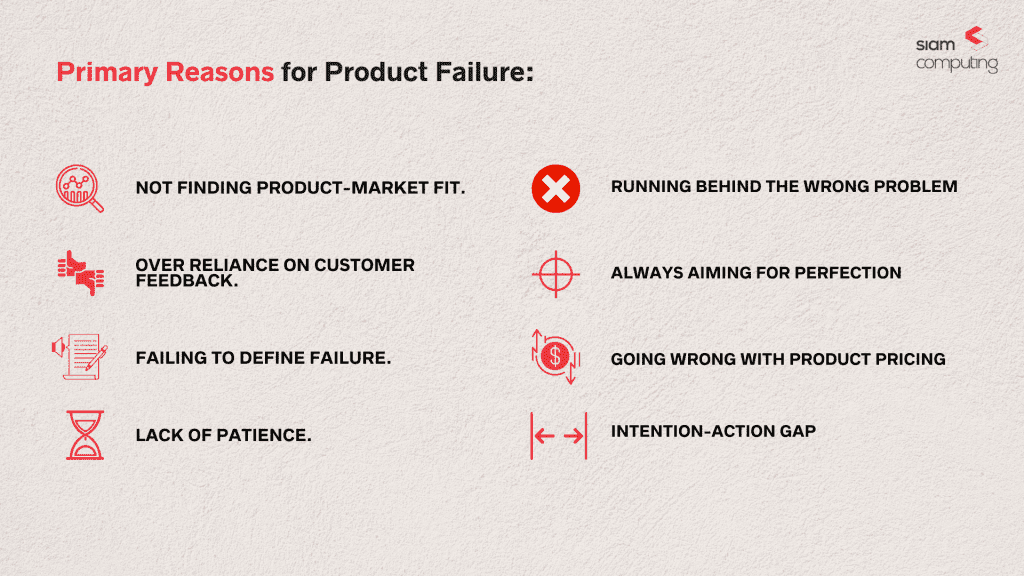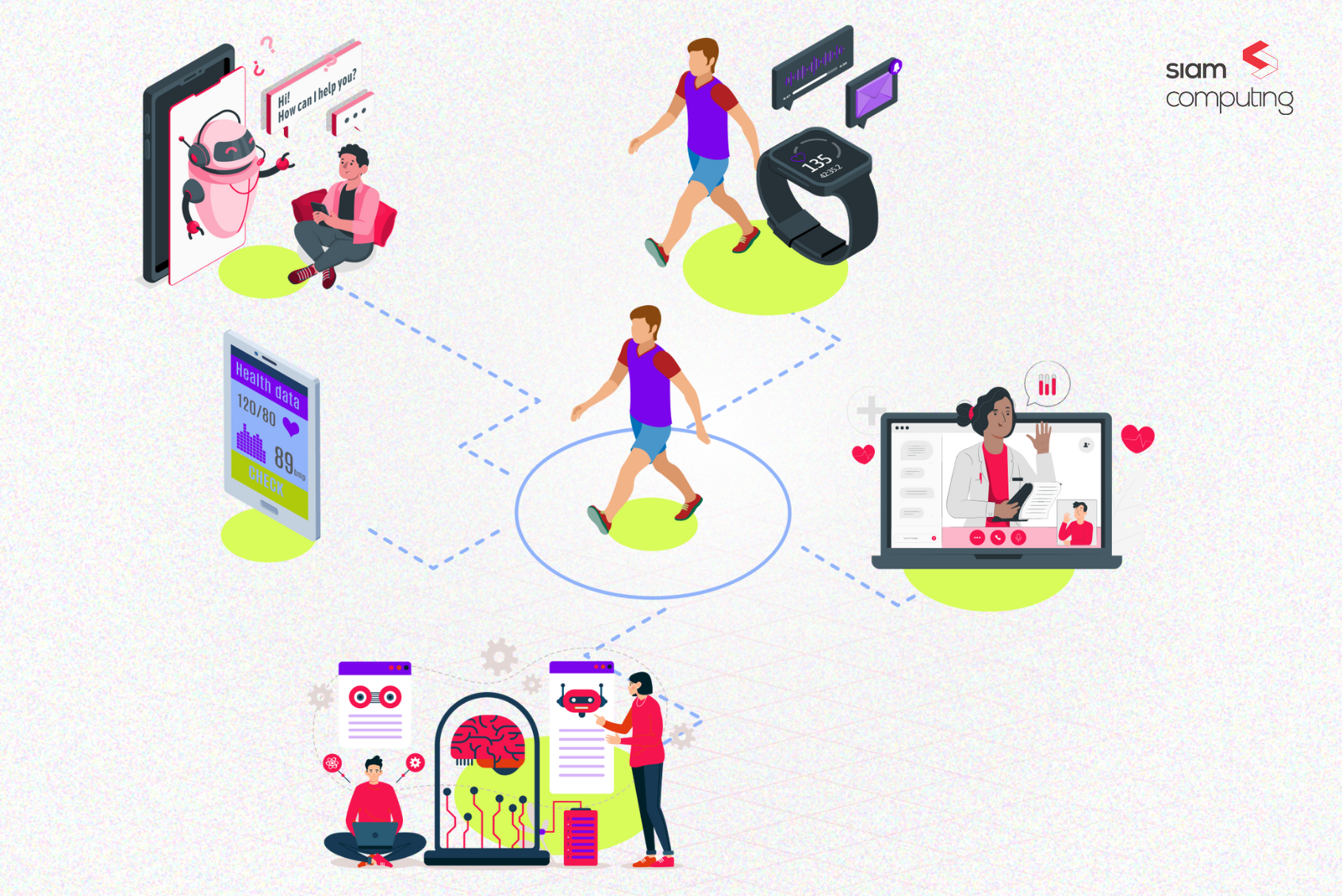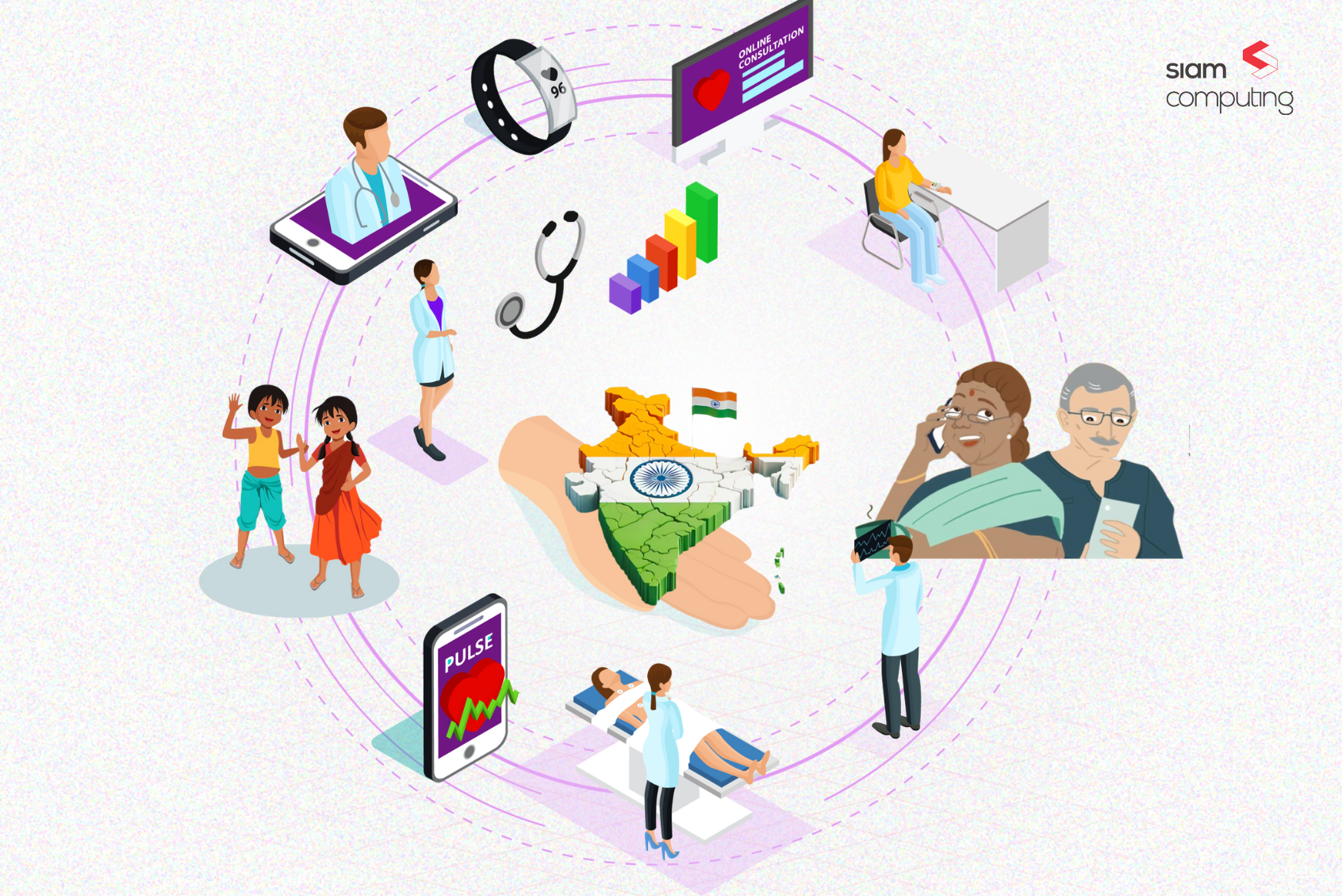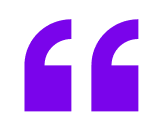Nothing makes founders and product builders happier than seeing our products do well in the market. However, building a product is a journey full of uncertainties, and sometimes, even successful companies can release products that fail (remember Google Glass?).
As a product development studio, we at Siam Computing have seen our fair share of successes and failures in our decade-long journey of creating products for the global and local markets. With our experience, we have come to understand the patterns that make products succeed and the reasons why products may fail.
In this blog, we explore the reasons why products fail and strategies to overcome product failure. Before we do that, let’s take a peek into how product teams today are taking a modern approach to failure.
The Modern Approach To Failure
Modern product teams are taking a ‘fail fast’ approach to progress quickly by practically implementing and ruling out things that don’t work out. While this approach gives you the flexibility to iterate, it needs you to be persistent, intuitive, and patient.
With agile transformation, the ‘fail fast, learn quick, and move ahead’ culture has been gaining momentum with most startups. However, such an approach also has its own set of challenges in terms of understanding exactly what led your product to fail, why, and at what time. This keeps you from getting traction as you cannot accurately predict what might not work in the long run.
But, it is important to understand that in the fast-paced tech world and evolving user needs, there is no one-size-fits-all approach that can be a proven guarantee against failure. We have to build on our strengths tactically with iterations to succeed in our product journey.
Primary Reasons for Product Failure
Understanding the primary reasons for product failure is crucial to avoiding pitfalls and increasing the likelihood of success. From not finding product-market fit and having inadequate time, to running behind the wrong problem, let’s see the primary reasons for product failure.
1. Not finding product-market fit
Despite having abundant knowledge, years of experience, and a skilled team, your product may be a failure if you don’t achieve product-market fit. It is important to understand that product-market fit is not your final destination. It is a tedious process made simpler by building on your ability to cut through the irrelevant possibilities and narrow down on the relevant ones.
2. Overreliance on customer feedback
You must find the right balance between relying on customer feedback and knowing when to look beyond it. If you rely on just customer feedback to improve your product, you’ll limit yourself to just the existing users in a pre-defined market and lose out on critical information that’s required for your product development that your customers have no way of knowing.
At the same time, completely ignoring customer feedback will prevent you from creating a product that meets the needs of your users. Depending on the value you expect your product to deliver, customer feedback can equip you with new ways to innovate.
3. Failing to define failure
In the absence of a clear vision and well-defined product strategy, you will never be able to define success or failure. Without this understanding, you may not recognize failure and keep striving aimlessly. Product iterations need you to identify and learn from failure to double up on successes.
There are two degrees of failure – reversible and irreversible. Reversible failure gives you the opportunity to course correct and get back on track in time, but irreversible failure gives you no such opportunity. Identifying the degree of a product’s failure will help determine the next course of action.
4. Lack of patience
In early-stage startups, you can justify the need to churn out quick releases due to paucity of time, but not hasty decisions to produce irrelevant products. Lack of patience can lead you down the road of launching products without a clear goal and put you on a mad chase to meet vanity metrics that are not relevant to your business objectives.
5. Running behind the wrong problem
Every successful product is an answer to a problem that exists. There have to be users facing a pressing problem that you aim to solve with your product. Only when you chase the right problem can you work towards a viable solution for the same.
Running behind the wrong problem is mostly a result of getting too attached to your idea. It prevents you from understanding what your customers really need. This is a common problem faced by business owners, particularly, early-stage founders.
6. Always aiming for perfection
Early-stage startups often strive to build the perfect product that will disrupt the market and make users go ga-ga over it. Terribly sorry to disappoint you, but it just does not happen like that. You’ll end up wasting precious time and money.
By the time your perfect product reaches the market, the needs of your customer might have changed, or other market alternatives may have made their way to the users and started working for them. Or the economy may undergo a massive change.
7. Going wrong with product pricing
Your product must be priced at a range that your target users will be willing to pay. Pricing it too high will keep your potential customers away from buying the product, and pricing it too low will make it difficult for you to recover your own development costs.
Another challenge faced by companies that sell their products as a service is convincing their users to upgrade to the paid version or upgrade to a higher tier. If the free version answers their needs, they will have no need to upgrade to a paid plan, or may take more time than your business can afford.
8. Intention-action gap
This product management concept tells the difference between the perceived way your users would use the product and the actual way they respond to the product in a real-world context.
This is where learning from iterations comes in again to help you understand the dynamic nature of your user’s habits. User needs and habits are not static in nature, and it may happen that the solution you end up providing to your users is what they actually need, but is different from the one you had originally envisioned.

Ways to Avoid Product Failure
As we said earlier in the blog, even big and successful companies have released products that have failed – like Google Glass and Apple’s HomePod. As product people, we must analyze mistakes and not repeat them to avoid the failure of our products.
That said, here is a list of things that we know about how to avoid product failures – based on our years of experience working with startups and developing truly world-class products for both the global and local markets.
1. Understanding your market
It is important to understand the external environment in which your product exists. This understanding will help you know your customer’s needs better. With a good understanding of your market, you will also be able to position your product better and avoid uncertainty as soon as you enter the grind.
2. Knowing your competitors
Knowing who your competitors are will help you figure out how your product can appeal to the target market better. It will help you curate a different strategy if your competitors are already offering solutions to the same problem you are addressing.
3. The “why” before the “how”
Falling in love with the problem before you straightaway delve into building a solution will give you a better understanding of who will use your product, why they should use it, what their needs are, and how you can cater to their needs in the most appealing way. This will help you avoid working without a specific direction and towards a badly defined goal.
4. Defining your product vision
Your product vision is a statement of why your product matters and how it can improve the lives of your target users. This vision is your guiding star in the inevitably uncertain journey you take in establishing a product business. Defining your product vision properly will help you curate an efficient product strategy to develop your product in the best possible way. Having your product vision and strategy in place will help you avoid potential risks and chances of failure.
5. Fully grasp your user’s problems and needs
With a well-defined vision of what you want your product to achieve, it’s time to know who your users are and what problems they face. Creating user personas for your product will help you define exactly who your users are and understand exactly what they’re looking for, so you can add more value to their lives with your product.
Understanding your users will help you analyze if they are willing to pay for the solutions you are offering. Having built user personas, you can get in touch with your target users directly via surveys, interviews, or by using social media. This will help you avoid taking a random approach in building your product by targeting a huge range of users.

Final Thoughts
There is no one reason for products to fail. Similarly, there is no magic bullet for them to succeed. However, a well-defined approach to product development with a solid vision and strategy, that takes into account your target users and competition can help your product succeed.
Speaking of success, Siam Computing’s Product Strategy and Consulting Team can improve the chances of your product succeeding by curating a winning product strategy for you. Also, our MVP Development Team can help you validate your idea, build your product, and get it to market in no time using our decade-long experience of creating products for a global clientele.
Or, you can get our Dedicated Product Team to work as an extension of your own team to help you build your product better and scale faster. Get in touch with us today to better your chances of success and avoid product failure with our tried and tested approaches and ideas.








